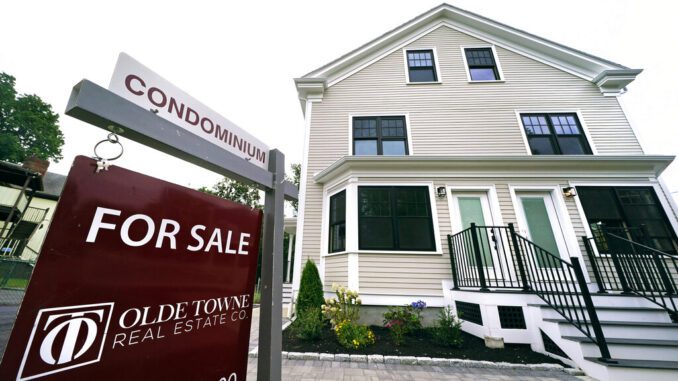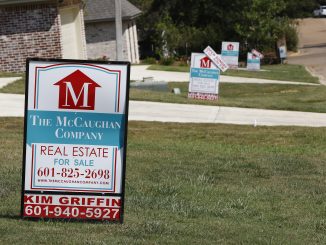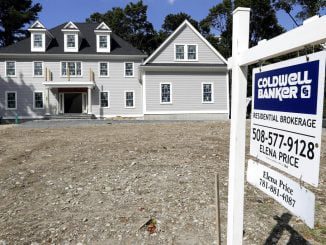
WASHINGTON, D.C. — Average long-term U.S. mortgage rates reached their highest level in more than two decades this week and are likely to climb further as the Federal Reserve has all but promised more rate increases in its battle to tamp down persistent inflation.
Mortgage buyer Freddie Mac reported Thursday that the average on the key 30-year rate climbed to 6.92% from 6.66% last week. Last year at this time, the rate was 3.05%.
The average rate on 15-year, fixed-rate mortgages, popular among those looking to refinance their homes, rose to 6.09% from 5.9% last week, the first time it’s breached 6% since the housing market crash of 2008. One year ago, the 15-year rate was 2.3%.
Many prospective buyers have been pushed out of the market as average mortgage rates have more than doubled this year.
Late last month, the Federal Reserve bumped its benchmark borrowing rate by another three-quarters of a point in an effort to constrain the economy and tame inflation, its fifth increase this year and third consecutive 0.75 percentage point increase.
So far, there is little evidence the Fed’s strategy is working.
Another report from the government Thursday showed that consumer inflation remained much too high at 8.2%. Combined with the 8.5% inflation at the wholesale level reported on Wednesday, most economists expect another big increase when the Fed meets early in November.
The Fed’s aggressive action has tripped up a housing sector that — outside of the onset of the pandemic — has been hot for years. Existing home sales have declined for seven straight months as the rising cost to borrow money puts homes out of reach for more people.
Freddie Mac says that for a typical mortgage, borrowers who locked in at the higher end of the rate range during the past year would pay several hundred dollars more than borrowers who signed contracts at the lower end of the range.
Mortgage rates don’t necessarily mirror the Fed’s rate increases, but tend to track the yield on the 10-year Treasury note. That’s influenced by a variety of factors, including investors’ expectations for future inflation and global demand for U.S. Treasurys.
By raising borrowing rates, the Fed makes it costlier to take out a mortgage and an auto or business loan. Consumers and businesses then presumably borrow and spend less, cooling the economy and slowing inflation.
Despite a still-robust job market, the government estimates that the U.S. economy shrank at a 0.6% annual rate in the second quarter that ended in June.



